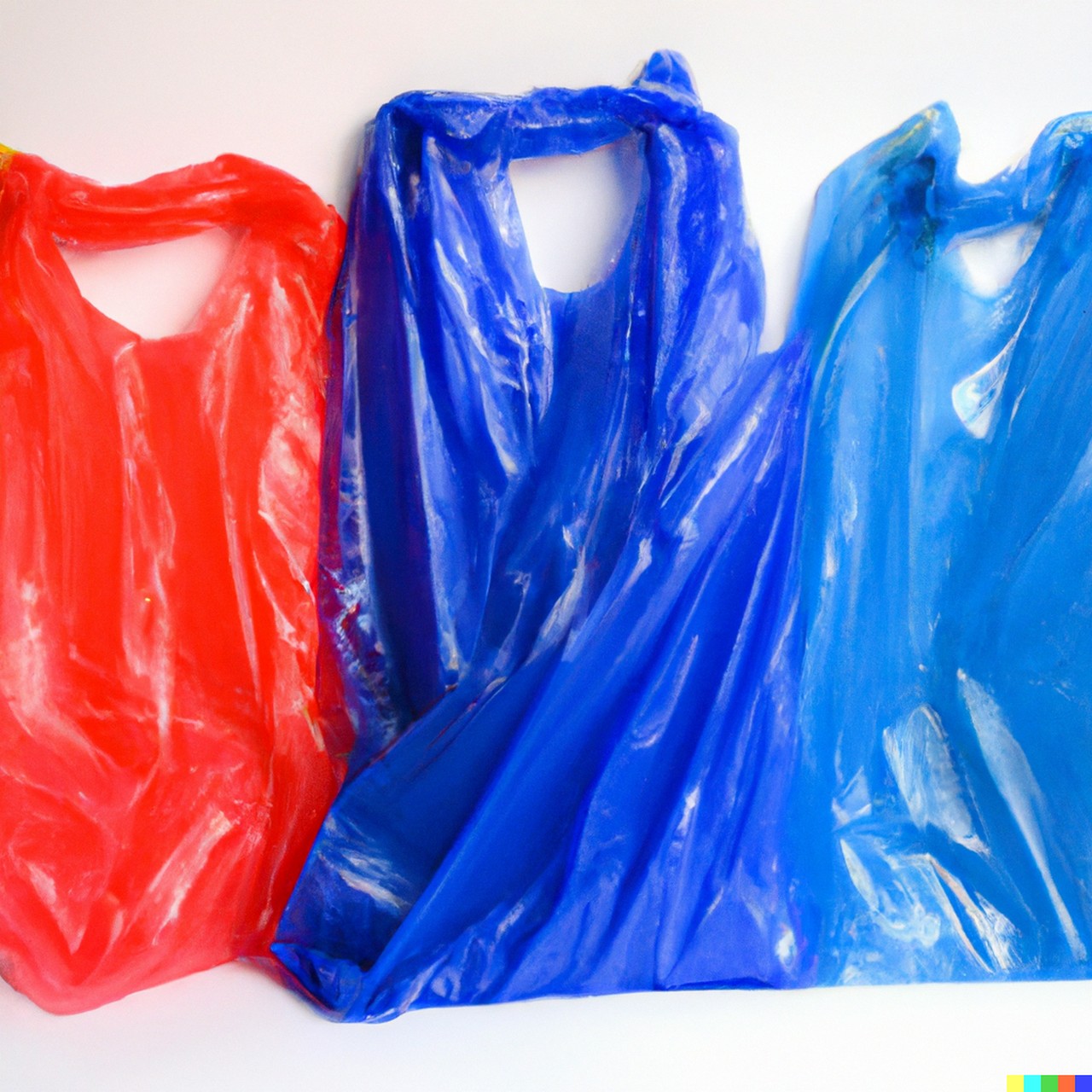Plastic bags have become a ubiquitous part of modern life, but they have a major negative impact on the environment, including wildlife preservation. Plastic bags can harm wildlife in several ways, including ingestion, entanglement, and habitat destruction. To protect wildlife and the environment, many countries and cities have enacted plastic bag bans or implemented policies to reduce plastic usage.
- How Does Plastic Bags Affect Wildlife?
- How Does Banning Plastic Bags Help the Environment?
- Will Banning Plastic Bags Actually Save the Planet?
- How Does Reducing Plastic Usage Help Wildlife?
- How Are Plastic Bags Harmful to Animals and Humans?
- Why is Plastic Bad for Animals?
- Paper Bags vs Plastic Bags
- How Are Plastic Harmful to Animals and Humans?
- How Does Plastic Affect Land Animals?
How Does Plastic Bags Affect Wildlife?
Plastic bags can harm wildlife in several ways. When plastic bags litter the landscape, they can be mistaken for food by animals, causing them to ingest the bags. This can lead to internal injury or death, as the plastic can block their digestive tract. Plastic bags can also become entangled around animals, leading to injury or death. In addition, plastic bags contribute to habitat destruction, as they can take hundreds of years to decompose, and can damage the delicate ecosystems that wildlife depends on for survival.
How Does Banning Plastic Bags Help the Environment?
Banning plastic bags is an effective way to reduce plastic pollution and protect wildlife. By reducing the number of plastic bags in circulation, there are fewer opportunities for animals to ingest or become entangled in them. In addition, reducing plastic usage can help to preserve wildlife habitats, as plastic pollution is one of the major contributors to habitat destruction.
Will Banning Plastic Bags Actually Save the Planet?
Banning plastic bags is not a complete solution to the problem of plastic pollution, but it is an important step towards a more sustainable future. Plastic bags are just one of many sources of plastic pollution, and it is important to address all forms of plastic waste in order to truly make a positive impact on the environment. However, by reducing plastic usage, banning plastic bags can play a role in protecting wildlife, preserving habitats, and ultimately, saving the planet.
How Does Reducing Plastic Usage Help Wildlife?
Reducing plastic usage helps wildlife by reducing plastic pollution, which can harm animals in a variety of ways. By reducing the amount of plastic in circulation, there are fewer opportunities for animals to ingest or become entangled in plastic bags and other plastic waste. In addition, reducing plastic usage can help to preserve wildlife habitats, which are threatened by plastic pollution and other forms of environmental degradation.
How Are Plastic Bags Harmful to Animals and Humans?
Plastic bags are harmful to animals and humans because they can cause physical harm and environmental damage. Plastic bags can be ingested by animals, causing internal injury or death, or they can become entangled around animals, leading to injury or death. In addition, plastic bags take hundreds of years to decompose, and can contribute to habitat destruction and other forms of environmental degradation.
Why is Plastic Bad for Animals?
Plastic is bad for animals because it can cause physical harm and environmental damage. Plastic bags and other plastic waste can be ingested by animals, causing internal injury or death, or they can become entangled around animals, leading to injury or death. In addition, plastic takes hundreds of years to decompose, and can contribute to habitat destruction and other forms of environmental degradation.
Paper Bags vs Plastic Bags
Paper bags and plastic bags both have environmental impacts, but paper bags are generally considered to be a more sustainable option. Paper bags are made from a renewable resource, and they decompose more quickly than plastic bags. However, paper bags can still have negative impacts, such as deforestation, if they are not produced in a sustainable manner. Ultimately, the best option is to reduce the use of both paper and plastic bags, and to adopt reusable options, such as cloth bags or containers, instead.
How Are Plastic Harmful to Animals and Humans?
Plastics can be harmful to both animals and humans in several ways. When plastic litter accumulates in the environment, it can be mistaken for food by animals, leading to ingestion and potential internal injury or death. Plastic bags and other plastic waste can also become entangled around animals, leading to physical harm or death. Additionally, plastic can release toxic chemicals into the environment, contaminating soil and water, and potentially affecting both animal and human health.
How Does Plastic Affect Land Animals?
Plastic affects land animals in several ways, including ingestion, entanglement, and habitat destruction. Plastic litter, such as plastic bags, can be mistaken for food by land animals, leading to ingestion and potential internal injury or death. Plastic bags and other plastic waste can also become entangled around land animals, leading to physical harm or death. Additionally, plastic pollution can contribute to habitat destruction, as plastic takes hundreds of years to decompose and can damage delicate ecosystems. Land animals rely on these habitats for survival, and plastic pollution can have serious consequences for their health and well-being.
